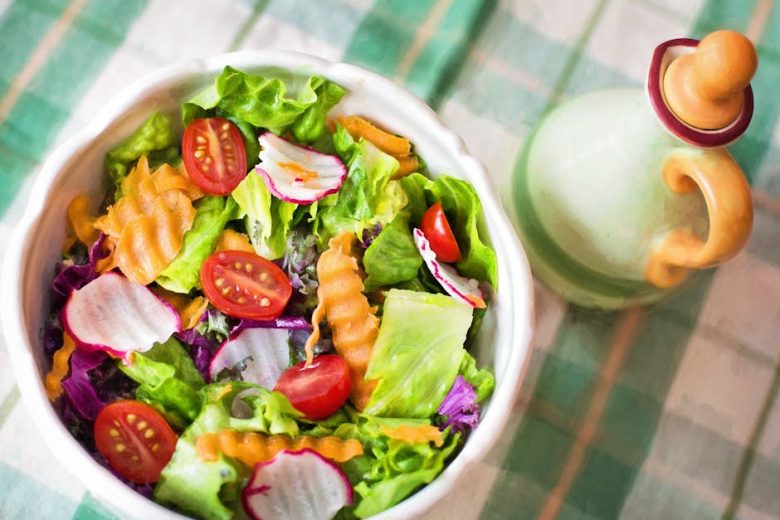In a world where concrete jungles rise and nature seems to retreat, sustainable gardening emerges as a breath of fresh air. It’s a harmonious dance between humanity and the earth, where each plant tells a story of resilience and renewal. Just as a painter selects colors to create a masterpiece, gardeners choose sustainable practices to nurture their green spaces, transforming them into vibrant sanctuaries that benefit both the environment and the soul.
As society grapples with climate change and environmental degradation, the importance of sustainable gardening cannot be overstated. This practice is not just about growing plants; it’s about cultivating a way of life that respects the delicate balance of our ecosystem. Through mindful gardening techniques, we can create lush landscapes that thrive without depleting the earth’s resources, offering a sustainable solution for generations to come.
At the heart of sustainable gardening lies the principle of using native plants. These flora are the unsung heroes of any garden, perfectly adapted to the local climate and soil conditions. By choosing native species, gardeners can reduce the need for excessive water, fertilizers, and pesticides, allowing nature to flourish in its own right. Imagine a garden alive with the colors and scents of local wildflowers, attracting butterflies and bees, creating a vibrant tapestry of life that enhances biodiversity.
Composting is another cornerstone of sustainable gardening, akin to nature’s recycling system. By transforming kitchen scraps and yard waste into nutrient-rich compost, gardeners can nourish their soil and promote healthy plant growth. This practice not only diverts waste from landfills but also enriches the earth, fostering a cycle of life that sustains both plants and the planet. Picture a thriving garden, where each plant is nourished by the very remnants of yesterday’s meals, creating a beautiful synergy between consumption and regeneration.
Water conservation is paramount in sustainable gardening, particularly as droughts become more frequent. Techniques such as drip irrigation and rainwater harvesting are akin to giving plants a refreshing drink while minimizing waste. By understanding the natural water cycle and implementing efficient watering methods, gardeners can ensure their plants receive the hydration they need without draining precious resources. Envision a garden that flourishes even in the driest of seasons, where every drop of water is cherished and utilized to its fullest potential.
As we turn the final pages of this exploration into sustainable gardening, it’s clear that this practice offers more than just aesthetic appeal. It’s a commitment to nurturing our planet, a promise to tread lightly on the earth while cultivating beauty and bounty. By embracing sustainable practices, we can transform our gardens into thriving ecosystems that echo the rhythms of nature, inspiring others to join in this green revolution.
In the grand tapestry of life, sustainable gardening weaves together threads of beauty, responsibility, and hope. It invites us to step outside, roll up our sleeves, and connect with the earth in a meaningful way. As we cultivate our green scenes, let us remember that every seed planted is a step towards a brighter, more sustainable future—one where both nature and humanity can flourish side by side.



